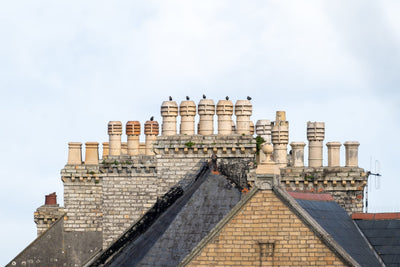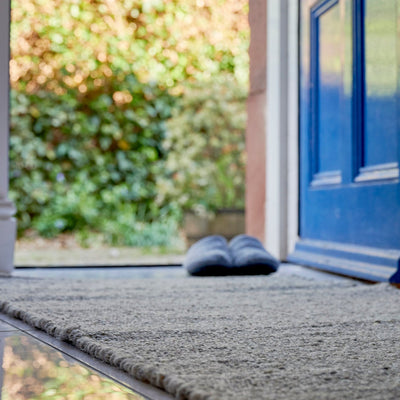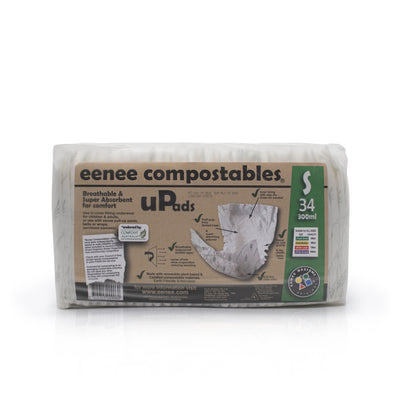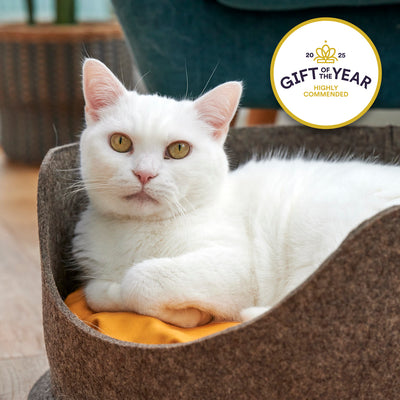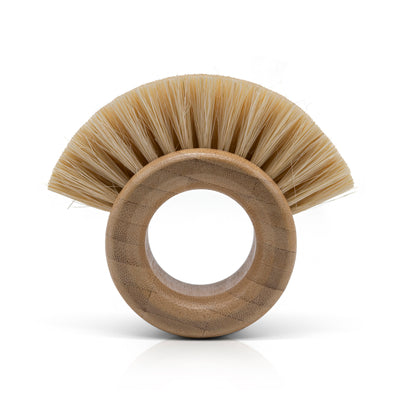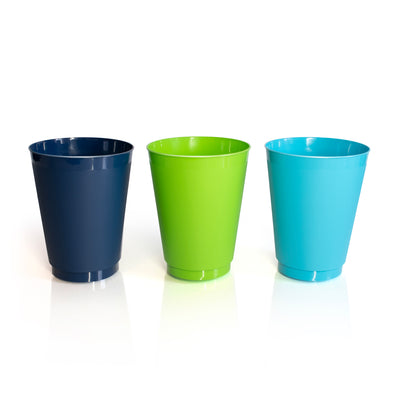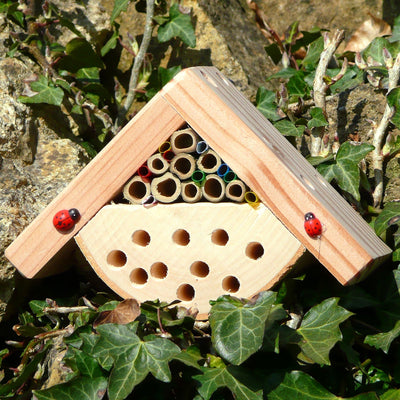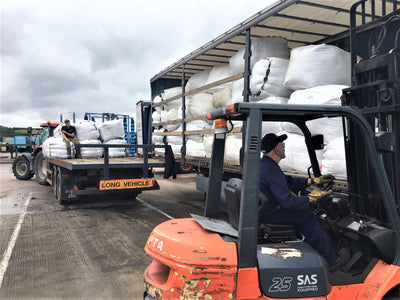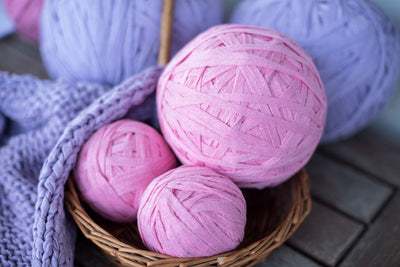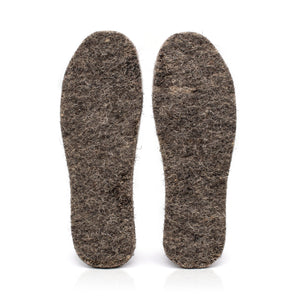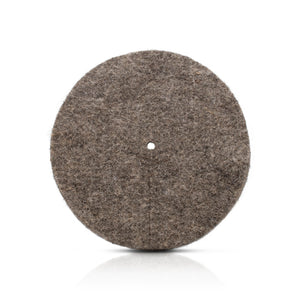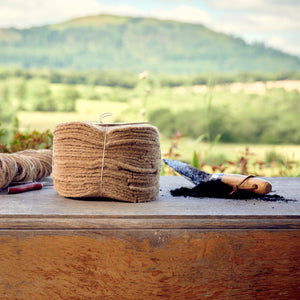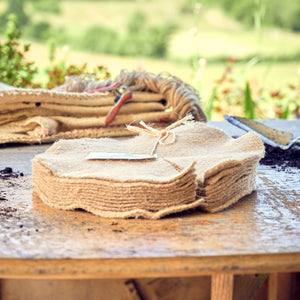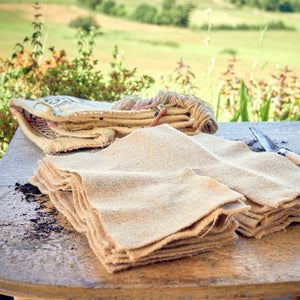What are Cocopeat peat free coins?
The cocopeat is made from coir, the husk around the outside of the coconut. The stringy bits are used to make all kinds of things – ropes, mats, bags and whatnot. The leftover stuff is sieved to take out any impurities. They are compressed to form the coins with a small dimple in the top. The fabric around the outside is a papery textile made of corn starch that is readily biodegradable.
How do you use the peat free coins?
Simply put them in a waterproof tray. They fit nicely in food packaging containers, which is a useful way of re-purposing them. Pour in about a centimetre of water and let it all be absorbed. The coins should swell to about 5cm in height. If they look like they need a bit more water then top them up. These coins are best suited for planting larger seeds, such as lupins. Press one seed into the dimple of each coin. Push it in so it goes below the surface. Check the growing instructions and if it needs a good layer of compost to cover it then you can sprinkle a bit more compost over the top to sort of fill up the dimple.
Maintenance
They’re low maintenance but you do need to make sure they don’t dry out. When the seeds germinate they can be very delicate. The best way to water them is to put more water in the tray, so the coins soak up the water, rather than watering onto the top of the plant.
Planting on
When the seedlings are well established, just plant the whole lot into the garden or into a pot. The rootball stays intact and the plant can just keep growing happily. If you really want to spoil it then you can give it some wool pellets to help with moisture balance and give a delicious boost of nutrients.
What are Cocopeat peat free coins?
The cocopeat is made from coir, the husk around the outside of the coconut. The stringy bits are used to make all kinds of things – ropes, mats, bags and whatnot. The leftover stuff is sieved to take out any impurities. They are compressed to form the coins with a small dimple in the top. The fabric around the outside is a papery textile made of corn starch that is readily biodegradable.
How do you use the peat free coins?
Simply put them in a waterproof tray. They fit nicely in food packaging containers, which is a useful way of re-purposing them. Pour in about a centimetre of water and let it all be absorbed. The coins should swell to about 5cm in height. If they look like they need a bit more water then top them up. These coins are best suited for planting larger seeds, such as lupins. Press one seed into the dimple of each coin. Push it in so it goes below the surface. Check the growing instructions and if it needs a good layer of compost to cover it then you can sprinkle a bit more compost over the top to sort of fill up the dimple.
Maintenance
They’re low maintenance but you do need to make sure they don’t dry out. When the seeds germinate they can be very delicate. The best way to water them is to put more water in the tray, so the coins soak up the water, rather than watering onto the top of the plant.
Planting on
When the seedlings are well established, just plant the whole lot into the garden or into a pot. The rootball stays intact and the plant can just keep growing happily. If you really want to spoil it then you can give it some wool pellets to help with moisture balance and give a delicious boost of nutrients.





